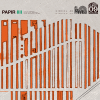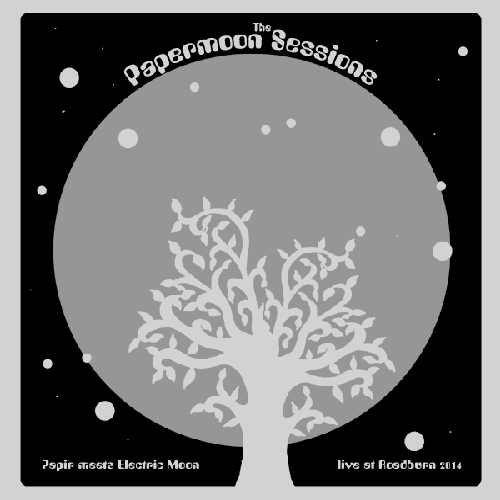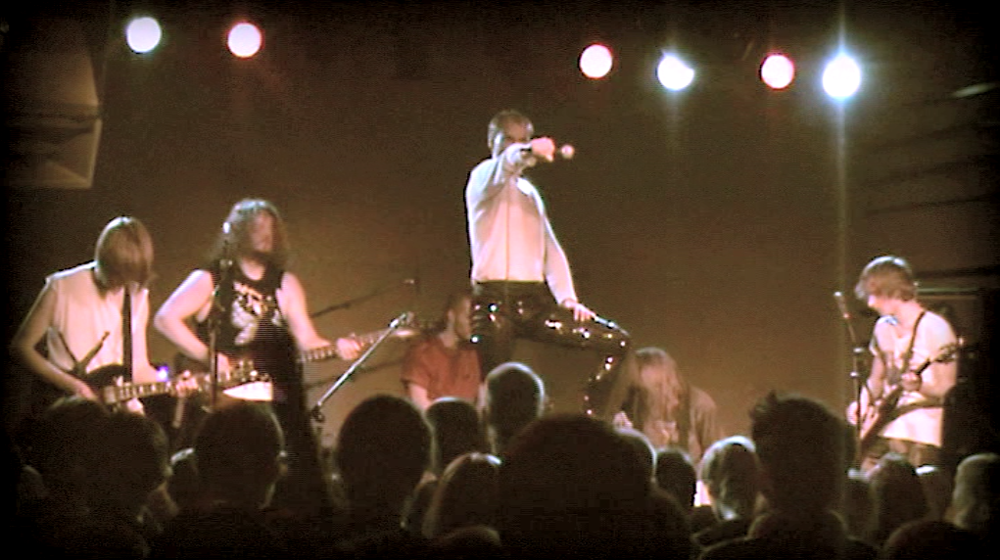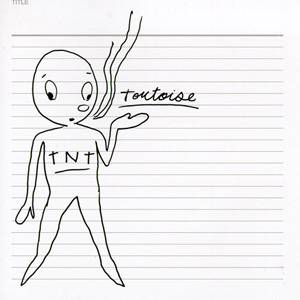 Papir like to glide; Papir like to groove, sliding the strings of their sonorous guitars like they have all year to take the trip far far away from the ground and the cares of the world. Drums unfurl at first with lazy intent, performing that neat instrumental rock trick of making it seem like the rhythm’s loose and flexible while underneath it all, Christoffer Brøchmanns is keeping everything under his strict supervision and control. But Brøchmanns’s a benign autocrat, as he’s happy to let Nicklas Sørensens fly free on the guitar; and he does, he most certainly does.
Papir like to glide; Papir like to groove, sliding the strings of their sonorous guitars like they have all year to take the trip far far away from the ground and the cares of the world. Drums unfurl at first with lazy intent, performing that neat instrumental rock trick of making it seem like the rhythm’s loose and flexible while underneath it all, Christoffer Brøchmanns is keeping everything under his strict supervision and control. But Brøchmanns’s a benign autocrat, as he’s happy to let Nicklas Sørensens fly free on the guitar; and he does, he most certainly does.
There’s some serious head-nodding to be encountered as “I” flows into “II” and in turn as – remembering it’s a retro-vinyl era now – side B takes its own sweet time getting there in the shape of the 20+ minute “III,” with plenty of space to lean back and relax. There is a sense of propulsion to each side (or section perhaps, if listened to digitally), a rippling profusion of effects lifting the guitar skywards again and again while Christian Becher Clausen‘s bassline does that groovy Hawkwind thing and notches up a gear or two. In the case of “III,” the band bring in some seriously nice phaser tones on the bass as well as a monstrously deep-fried stoner rock guitar wibble somewhere around the third movement as the toms gets a circulatory motion on the go.
IIII is music for railways, spaceways, motorways and zonked flat out on the carpet following the patterns rippling on the ceiling. In the first two instances it’ll probably be much better for road safety if there’s some kind of autopilot available in case the music blisses out whoever’s in charge of navigation. Given that most cars rely currently on a human driver, it’s probably also therefore music for – or maybe from – the future.-Linus Tossio-



